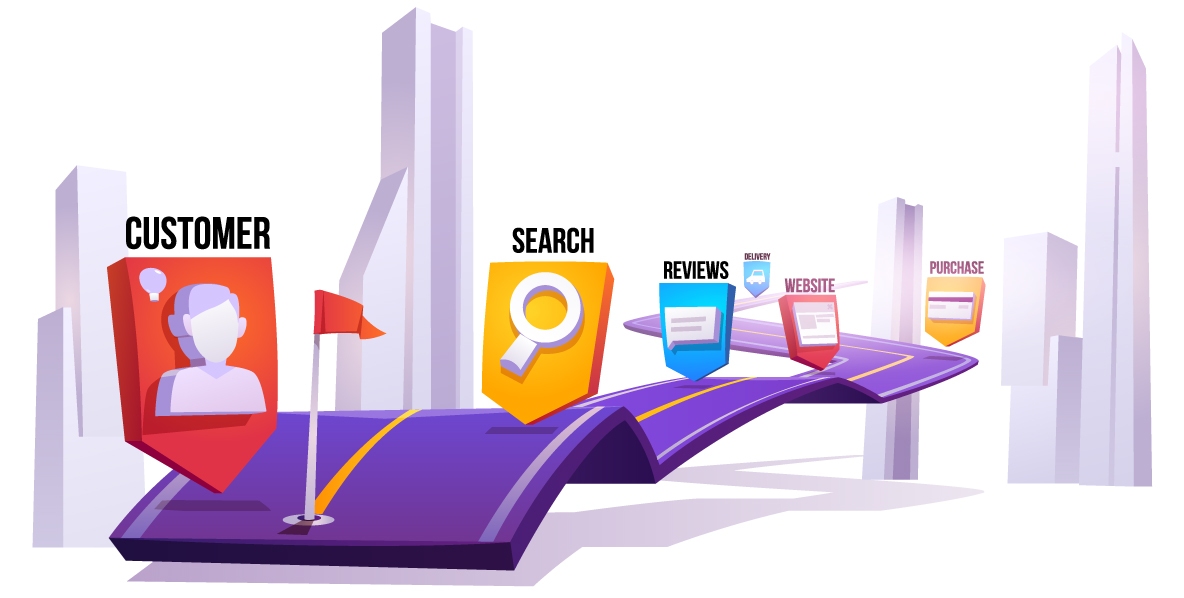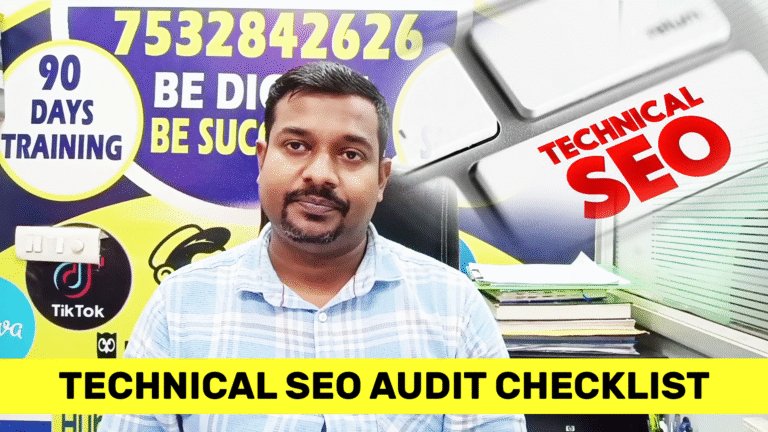5 Tips to optimize your blog for SEO
5 Tips to optimize your blog for SEO
SEO stands for “search engine optimization.” It is a process of improving the quality and standard of website traffic to a website or a web page from search engines. Search Engine Optimization will help you to generate or drive more organic traffic to your website and, if correctly implemented, it will help your blog or web page to rank higher in the Google search results. There are many techniques that you can apply to optimize your blog or webpage for search engine optimization (SEO). Here are 5 SEO blog writing tips to help your blog’s discoverable increase, thereby generating more organic traffic to your website. Organic traffic is any traffic that comes to your website from a search engine, but that isn’t paid for.
1. Plan your content or website based on keyword research
Through search engine optimization(SEO) your blogs or website will become easier to find for visitors and search engines. In order to optimize your blogs or website properly, you need to start by doing research into the most important or more searchable keywords. Keyword research such as a keyword analysis helps you determine which topics your target audience is interested in based on google search engine data. This guarantees that you are writing about topics that people are actually searching for. Moreover, it’s a great way to come up with new blog topics. There are several keyword research tools you can use for finding relevant keywords.

2. Effective blog post title
The main purpose of a search engine is to display relevant content based on a search query. The title tag of your blog or website is the first component for the search engine in determining the relevancy of your content. So, it is very important or necessary to include your keyword in the title tag. Be sure to include your keyword in the first 30 characters of your title, because this is where Google cuts off the titles in the search engine page results. The best headlines are the ones that capture the pain points of your target personas and introduce a topic that will make their lives better.
3. Internal & External linking
1. External Links (also known as outbound links)
External links are when you link to a site outside of your web domain. External links that guide the user to another site for viewing of relatable material. Link to at least one external link in your blog.
2. Internal Links (also known as inbound links)
Link to at least one of your own articles or webpages in your blog. This helps users easily navigate to other pages, it engages them more, and these links will create a contextual relationship between your webpages. A basic example of Internal links is Facebook. Facebook directing users to different profiles and pages within their website’s domain.
4. Make your blog easy to read for user
Readability is the most valuable ranking factor for search engines. Therefore, it’s important to use smaller paragraphs, short sentences, headings, and bullet points. You have to use images and white space around the text to make your text easier to read. It’s important to use a proper hierarchy when you use headings. Your main title needs to be a H1, and subheadings need to be H2 or lower (like H3, H4, H5, H6)
5. Write unique content
Make sure that you do not copy-paste any text. All content on every page must be unique and effective. With the site liner tool you can check whether you published unique website content. This will help you to determine what content on your website needs to be optimized.







